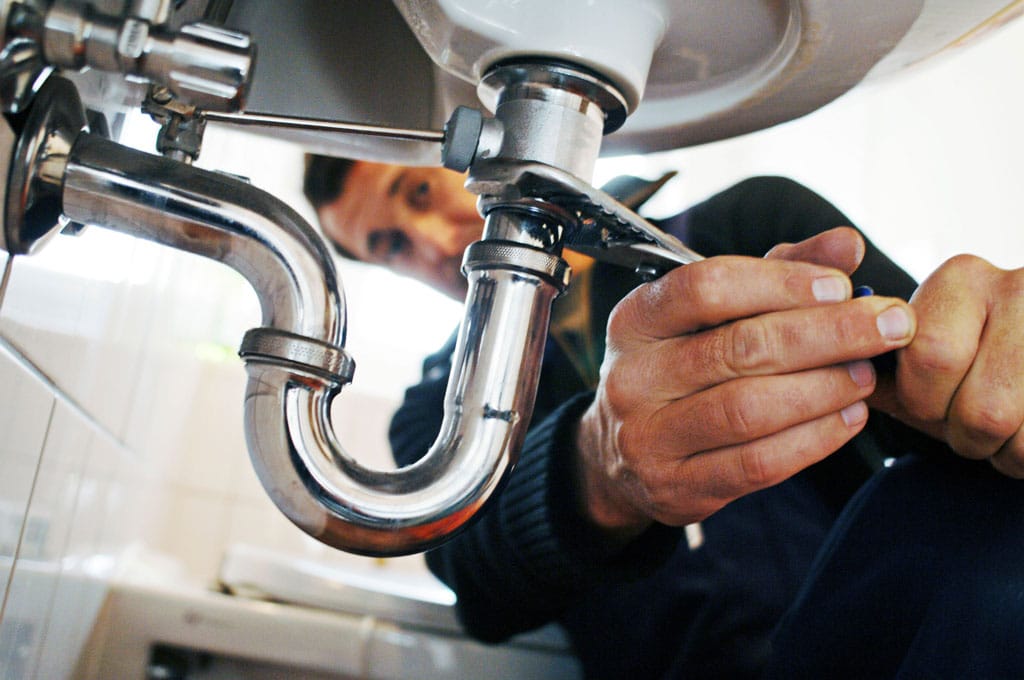Heater Replacement vs Repair: Which is the Better Option?

Determining whether to replace or repair your heater may be a common concern among homeowners after a breakdown. While repair services offer a quick fix, a replacement can lead to long-term energy efficiency and modern functionality. A furnace installation company will inspect your appliance and offer professional recommendations regarding your repair or replacement options. Here are some signs that you should replace or repair your heater and what to evaluate when making your decision:
Abnormal Furnace Smells
Abnormal smells from your furnace can be an indicator that it needs repair or replacement, especially when the odor is persistent or suddenly appears. A potential cause of the unusual smell is incomplete combustion. This can produce aldehydes—a byproduct of poor combustion that releases a noticeable, sometimes pungent odor. While carbon monoxide is odorless, aldehydes serve as a warning sign that combustion is not functioning properly. If the furnace is relatively new or in good condition, repairing or replacing specific components is usually sufficient.
If you detect a burnt or plastic-like smell, it may be a result of worn-out electrical components or overheating. In some cases, odors reminiscent of dampness or musty laundry result from mold, dust, or debris building up in the vents. This affects your home’s air quality. Cleaning your vents or replacing the furnace filter may resolve the issue. If abnormal odors keep returning after multiple repairs, talk to a furnace technician about replacing the appliance.
Strange Noises
A functional furnace normally produces a steady, soft whirring sound that assures you it’s operating smoothly. When unexpected or unusual noises emerge, such as banging, humming, rattling, or clicking, it can indicate that the system needs a repair or replacement. Rattling sounds may indicate that some components within the system are loose, such as bolts or screws. These issues are resolved with a minor repair, such as tightening components or replacing a loose panel. Loud booming or banging noises can indicate delayed ignition or gas buildup, which is potentially dangerous. For older units with recurring ignition issues, replacement may be recommended to enhance safety.
Temperature Fluctuations
A properly functioning furnace should distribute heat evenly, keeping rooms at a consistent, comfortable temperature. If you notice some rooms are warm while others remain cold, it could indicate that your furnace is struggling to maintain consistent performance or efficient airflow. For older furnaces, age and wear can lead to diminished heating capacity. Elements like the heat exchanger, blower motor, or thermostat might be worn or malfunctioning, disrupting proper heat distribution.
Addressing these issues through repairs or a new furnace installation allows you to restore balance to your home’s heating. Outdated thermostats are easily replaced with newer models. For steadily increasing energy bills due to a struggling furnace, upgrading to a more energy-efficient model will improve energy use.
Water Leaks
If you notice a puddle of water near your furnace, it’s likely a sign of a condensation leak. Some modern furnaces generate condensation as part of their energy-efficient operation. This moisture drains through a designated line, but if the line becomes broken or clogged, water can pool around the unit. Furnaces with humidifiers may also leak when misaligned or malfunctioning.
Addressing leaks promptly helps to prevent further issues, such as mold growth or rusting parts. Cleaning or unblocking the drain line is typically a straightforward repair. If leaks are causing water damage to your home, walls, or flooring, replacing the furnace might be necessary to prevent further issues.
Benefits of Replacing or Repairing Your Heater
Choosing repairs can quickly restore a consistent, comfortable indoor temperature, especially when the furnace needs minor adjustments like thermostat recalibration or airflow adjustments. A replacement offers an opportunity to upgrade to a furnace with more advanced features. Some newer models have improved filtration systems. These systems help enhance indoor air quality by capturing allergens, dust, and other particles. This is particularly beneficial for homes with allergy-sensitive people or those concerned about indoor air quality.
Both repair and replacement options also contribute to improved safety. Repairing issues like faulty ignition systems prevents carbon monoxide leaks and other potential hazards. Installing a newer furnace may provide up-to-date safety features, such as sensors and shutdown mechanisms.
Hire a Furnace Installation Company
Work with a qualified HVAC professional when choosing whether to repair your furnace or install a new one. These professionals will help evaluate the age, performance, and energy efficiency of your unit. After conducting a thorough inspection, they can guide you in making an informed decision that balances safety, efficiency, and value. Contact a furnace installation company today to review their service offerings.
For more information and guidance, visit USAVire to learn about services that ensure safe and efficient solutions.




